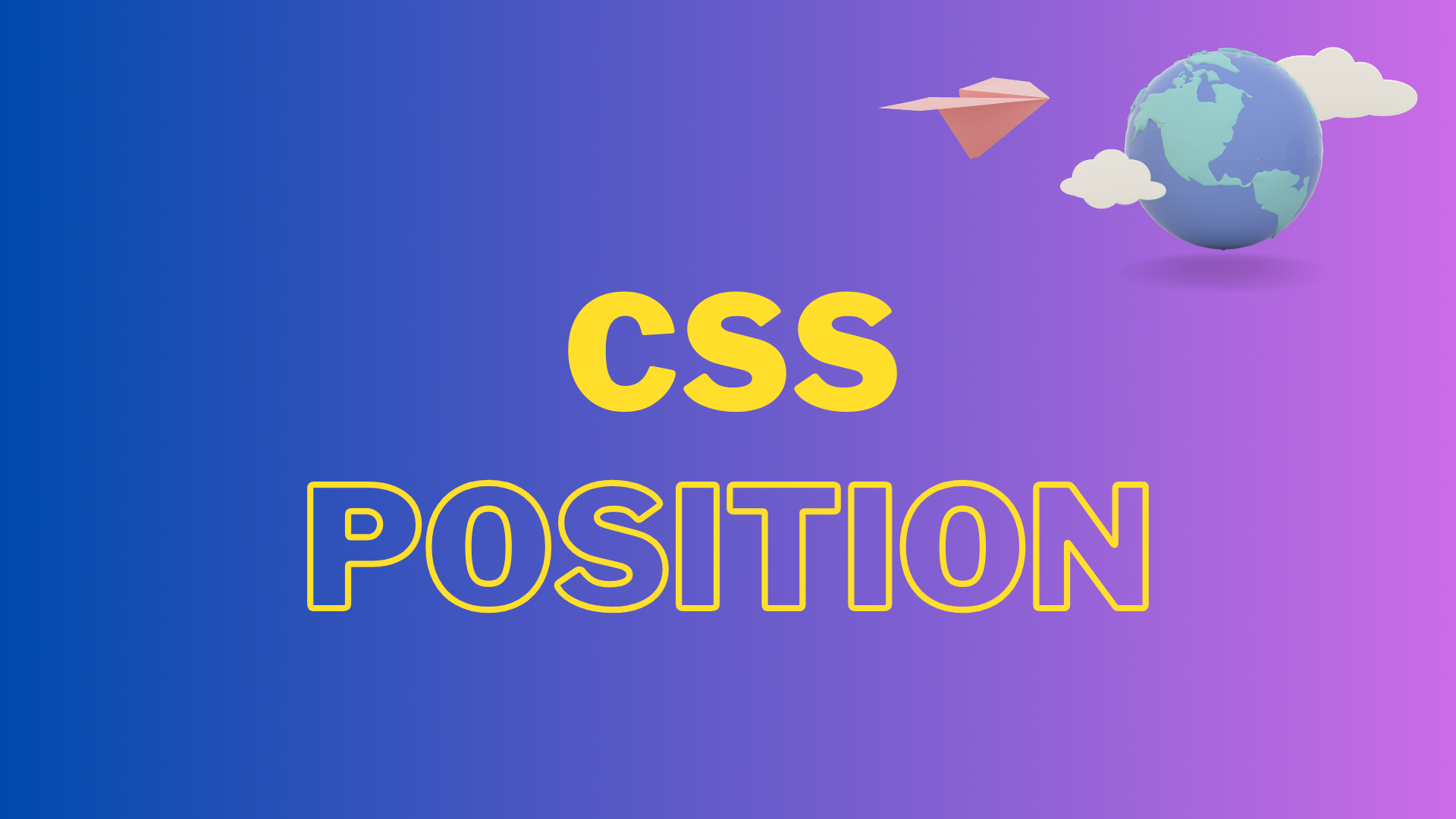The CSS position property is a positioning element used to specify how an element should be positioned on a web page.
The position property specifies an element's layout type and interaction with other elements on a webpage. It can take on various values, including:
- static: The default value of the position of an element is static, and it means that the element will be positioned according to the normal flow of the document.
- relative: This value means that the element will be positioned relative to its normal position in the document flow. This can be used to adjust the position of an element by using the top, right, bottom, and left properties.
- absolute: This value means that the element will be positioned absolutely with respect to its nearest positioned ancestor (if any). If no positioned ancestor exists, the element will be positioned with respect to the initial containing block.
- fixed: This value means that the element will be positioned absolutely with respect to the browser window and will stay in the same position even if the page is scrolled.
The position property can be used in conjunction with the z-index property to specify the stacking order of elements on a web page. Elements with a higher z-index value will be displayed in front of elements with a lower z-index value.
